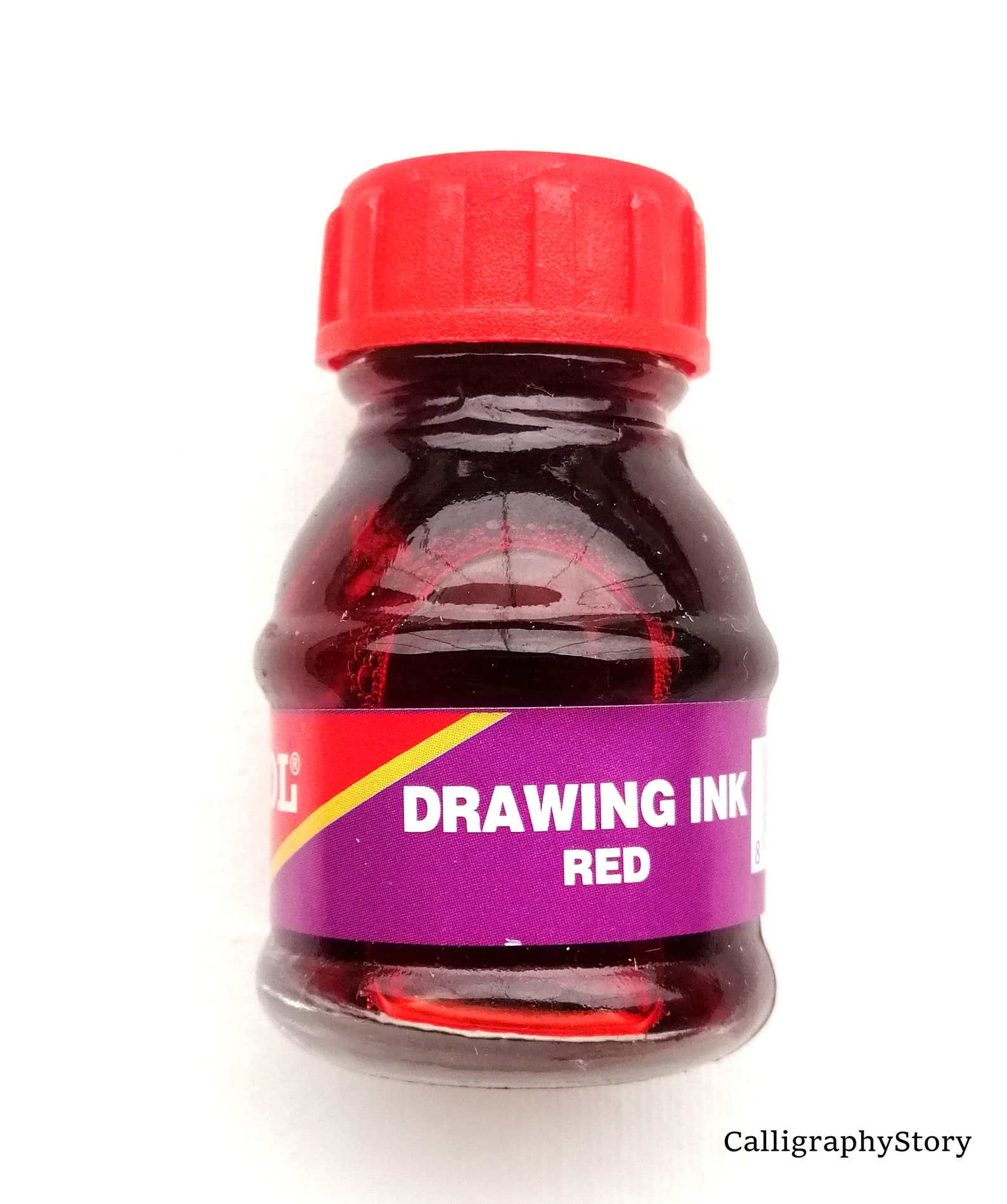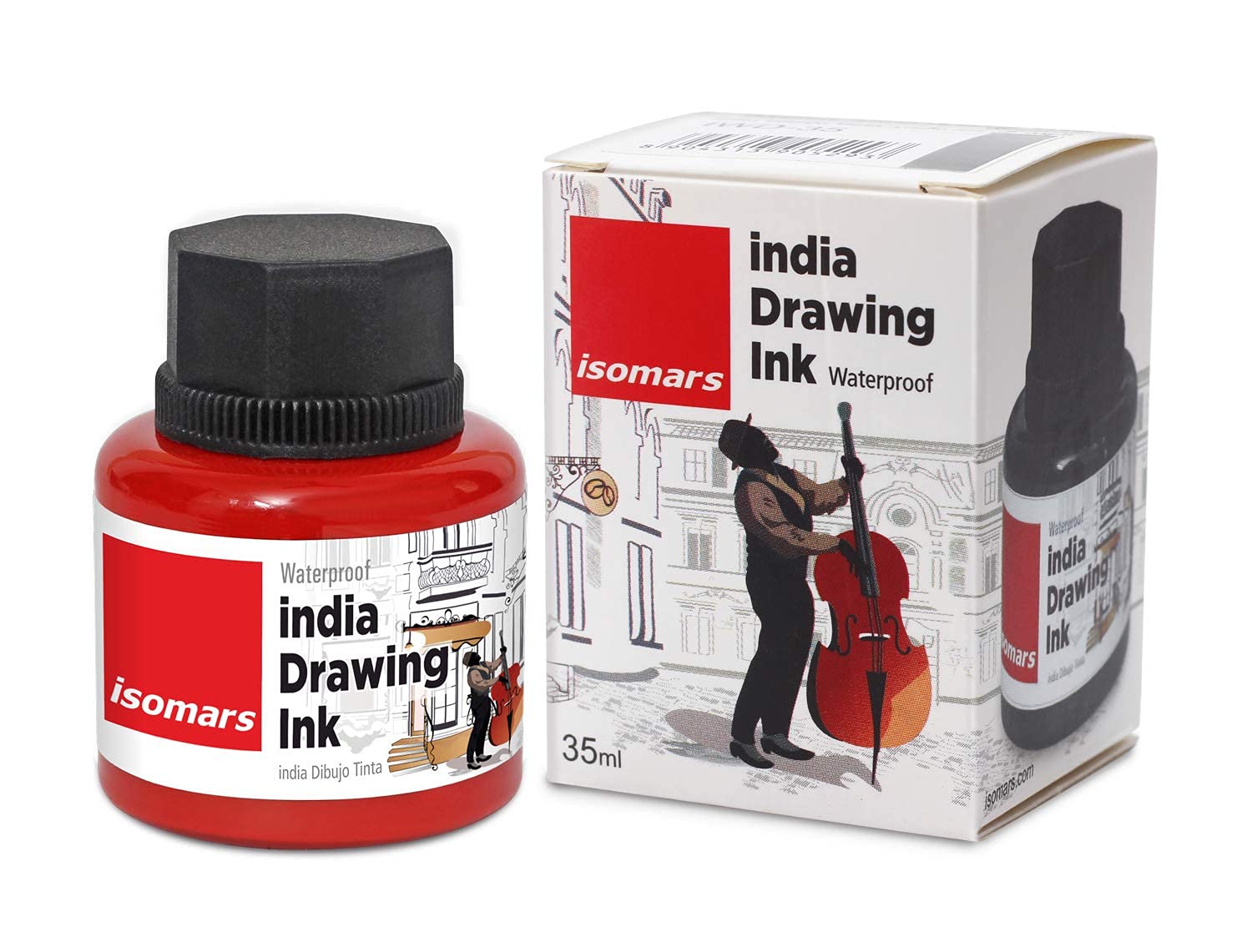


Don’t get a tattoo if you’re sick or your immune system is weakened.Some conditions, such as psoriasis and eczema, may make you more prone to adverse reactions.
#Red india ink skin#
Find out whether you have any underlying skin conditions.They may be able to test for related allergens and help you identify other ingredients or triggers to avoid. If you can, make an appointment with an allergist and tell them about your previous allergic reactions. Find out whether you have any common allergies.The best way to prepare is to learn more about your reaction to other allergens and to research your potential tattoo artist.įirst, take the following into account before you decide to get any tattoo:
#Red india ink how to#
How to minimize your risk of future reactions to tattoos Here are some ingredients that may cause allergic reactions: It’s best to ask your tattoo artist for the inks they use and look for any ingredients that may cause a reaction or may be documented as potentially harmful. But the FDA does compile reports of people’s negative responses to certain ingredients. Tattoo ink isn’t regulated by the Food and Drug Administration (FDA), so you may not always know exactly what’s in your ink. These can all stimulate an immune response as your body attempts to remove the ink as if it’s a foreign invader. Some inks now contain dyes made from the same components used in car paint and commercial printing. Tattoo allergies are often caused by ingredients in tattoo inks, such as pigments, dyes, or metallic substances. In these cases, rash, red skin growths, or other irritation may not appear for several months afterward. If your symptoms don’t immediately appear after getting your tattoo, you may be experiencing a pseudolymphomatous reaction. These bumps aren’t usually irritating or itchy, but they can appear beyond the area where ink was injected. Lichenoid reactionsĪ lichenoid reaction happens when small, discolored bumps appear around where the ink was injected. Overall, they’re most commonly tied to red inks. GranulomasĪ number of ink ingredients are known to cause granulomas, or red bumps. This includes swelling, itching, and flaking.Ĭontact dermatitis is often associated with red inks.


If you’re allergic to the ink itself, you may develop symptoms of contact dermatitis. Yellow, black, red, and blue inks are the most common offenders. This can cause swelling, redness, and itchy bumps. The ingredients in certain inks can react with sunlight or other bright lights. These symptoms typically clear up within a couple of weeks. Many people experience mild redness, swelling, and itching after getting a tattoo. Sometimes, the process itself can irritate your skin. You don’t have to be allergic to the ink or other materials to have reactions to tattoos.


 0 kommentar(er)
0 kommentar(er)
